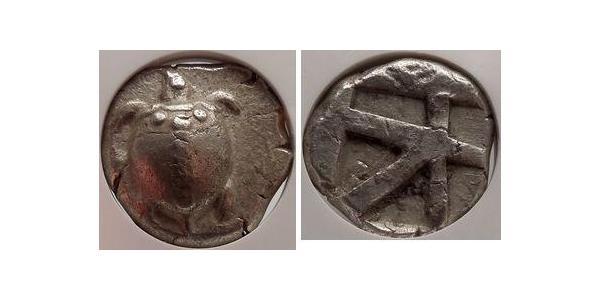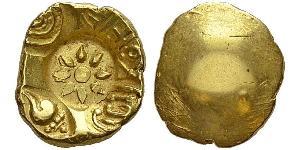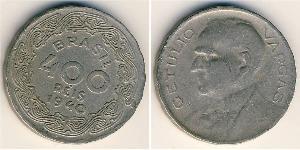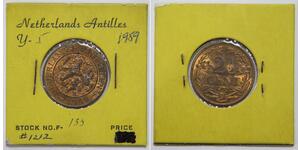[ 5388] GREECE, ISLANDS OF AEGINA AR Stater (12.25g) c.480-457 B.C. RARE Turtle w/pellets. Five-part incuse. NGC XF Strike: 5/5. Surface: 3/5. Provided with certificate of authenticity. CERTIFIED AUTHENTIC by Sergey Nechayev, PhD - Numismatic Expert Earliest history (20th–7th centuries BC) Aegina, according to Herodotus, was a colony of Epidaurus, to which state it was originally subject. Its placement between Attica and the Peloponnesus made it a site of trade even earlier, and its earliest inhabitants allegedly came from Asia Minor. Minoanceramics have been found in contexts of ca. 2000 BC. The famous Aegina Treasure, now in the British Museum is estimated to date between 1700 and 1500 BC. The discovery on the island of a number of gold ornaments belonging to the last period ofMycenaean art suggests that Mycenaean culture existed in Aegina for some generations after the Dorian conquest of Argos and Lacedaemon.[8] It is probable that the island was not doricized before the 9th century BC. One of the earliest historical facts is its membership in the League of Calauria (Calaurian Amphictyony, ca. 8th century BC), which included, besides Aegina, Athens, the Minyan (Boeotian) Orchomenos, Troezen, Hermione, Nauplia and Prasiae, and was probably an organization of city-states that were still Mycenaean, for the purpose of suppressing piracy in the Aegean that began as a result of the decay of the naval supremacy of the Mycenaean princes. Aegina seems to have belonged to the Eretrian league during the Lelantine War; this, perhaps, may explain the war with Samos, a major member of the rival Chalcidian league during the reign of King Amphicrates (Herod. iii. 59), i.e. not later than the earlier half of the 7th century BC. Its early history reveals that the maritime importance of the island dates back to pre-Dorian times. It is usually stated on the authority of Ephorus, that Pheidon of Argos established a mint in Aegina, the first city-state to issue coins in Europe, the Aeginetic stater. One stamped stater (having the mark of some authority in the form of a picture or words) can be seen in the Bibliothèque Nationale of Paris. It is an electrum stater of a turtle, an animal sacred to Aphrodite, struck at Aegina that dates from 700 BC. Therefore it is thought that the Aeginetans, within 30 or 40 years of the invention of coinage in Asia Minor by the Ionian Greeks or the Lydians (c. 630 BC), may have been the ones to introduce coinage to the Western world. The fact that the Aeginetic standard of weights and measures (developed during the mid-7th century) was one of the two standards in general use in the Greek world (the other being the Euboic-Attic) is sufficient evidence of the early commercial importance of the island.[2] The Aeginetic weight standard of about 12.3 grams was widely adopted in the Greek world during the 7th century BC. The Aeginetic stater was divided into three drachmae of 4.1 grams of silver. Staters depicting a sea-turtle were struck up to the end of the 4th-century BC. Following the end of the Peloponnesian War, 404 BC, it was replaced by the land tortoise. During the naval expansion of Aegina during the Archaic Period, Kydonia was an ideal maritime stop for Aegina's fleet on its way to other Mediterranean ports controlled by the emerging sea-power Aegina. During the next century Aegina was one of the three principal states trading at the emporium of Naucratis in Egypt, and it was the only Greek state near Europe that had a share in this factory. At the beginning of the 5th century BC it seems to have been an entrepôt of the Pontic grain trade, which, at a later date, became an Athenian monopoly. Unlike the other commercial states of the 7th and 6th centuries BC, such as Corinth, Chalcis, Eretria and Miletus, Aegina did not found any colonies. The settlements to which Strabo refers (viii. 376) cannot be regarded as any real exceptions to this statement. Rivalry with Athens (5th ce ...
más ...
Similar Coin Groups
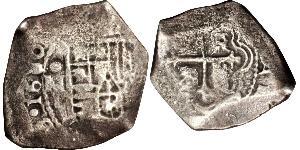
8 Real México Plata Carlos II de España ...
grupo tiene 12 monedas / 12 precios
Add coin to this group

40 Kopek / 2 Abazi Imperio ruso (1720-19 ...
grupo tiene 20 monedas / 20 precios
Add coin to this group
2025-05-27
- Historical Coin Prices
2025-06-16
- New coin is added to 2 1/2 Cent Países Bajos
2 1/2 Cent Países Bajos
grupo tiene 18 monedas / 14 precios
⇑
NETHERLANDS ANTILLES 2 1/2 CENTS CROWNED DUTCH LION W/ SWORD WORLD COIN
Usted podría estar interesado en …

